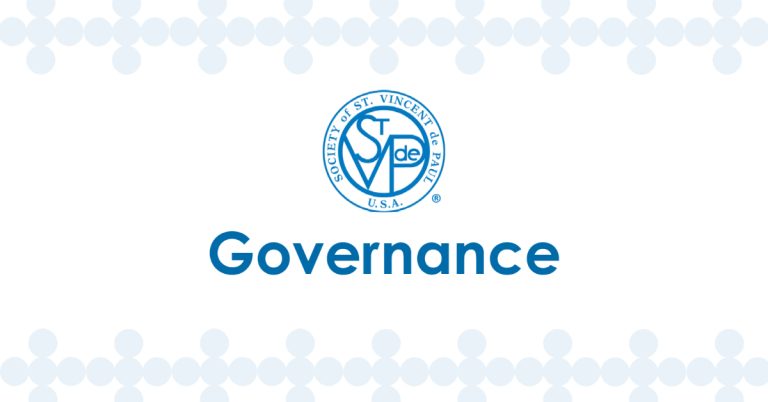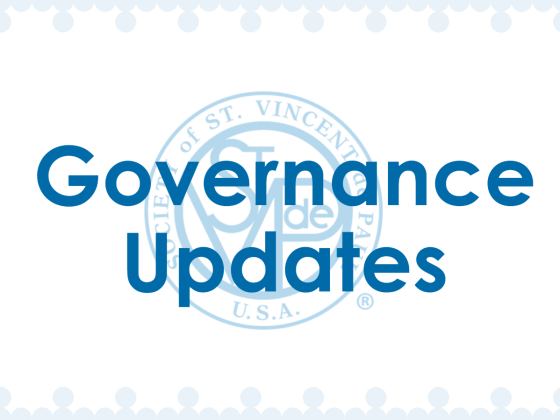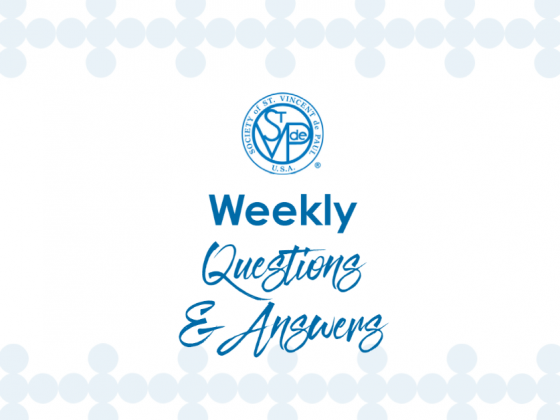We continue with the excerpts from the Smart Risk Management Manager’s Training Workbook dealing with the five core principles of Risk Management. The second and third of those principles – Observation and Communication – are covered this week.
Core Principle #2 – Observation
Smart Risk Managers are always on the lookout for risk and wrongdoing. Managers recognize that even the smallest hint of risk or wrongdoing can place everyone in danger. As a Smart Risk Manager, you should:
- Constantly look for signs of risk or wrongdoing.
- Understand the importance of careful observation in hiring.
- Regularly inquire about your employees’ well-being and job satisfaction.
- Recognize that even the smallest hint of risk or wrongdoing deserves immediate attention.
- Be aware of the risk of workplace wrongdoing, without being intimidated.
- Understand that wrongdoing can occur at any time, even in the best work environments.
Core Principle #3 – Communication
“Silence is golden,” but not in the workplace. Quick and decisive communication can prevent risk and wrongdoing from spreading throughout your work environment. To set a standard of effective communication in your workplace you should:
- Send a message of “no tolerance” concerning risk and wrongdoing. Let your employees know that you do not tolerate wrongdoing. Although actions do speak louder than words, a positive message of “no tolerance” can be an effective and quick means of prevention.
- Make sure your employees feel comfortable coming to you with their concerns, including concerns about wrongdoing and other related risks. Let your employees know – through actions and words – that your door is always open.
- Provide constant, honest feedback to employees about their job performance, regardless of whether it meets your expectations. Expressing your expectations to your employees in the beginning, and reinforcing those expectations as your employees progress, allows you to promote a more productive and risk-free work environment.
- Communicate by training your employees on techniques to avoid workplace risk and wrongdoing.
- Tell only those who have a “need to know” when you are aware of or suspect workplace risk or wrongdoing. Your employer has designated specific individuals within your organization who are trained to manage risk and wrongdoing. Managers who withhold information or try to manage the wrongdoing themselves – without the proper training or organizational support – may create unnecessary exposure for themselves and their organization.
Next week we will address Core Principles #4 and #5 – Empathy and Fairness.




